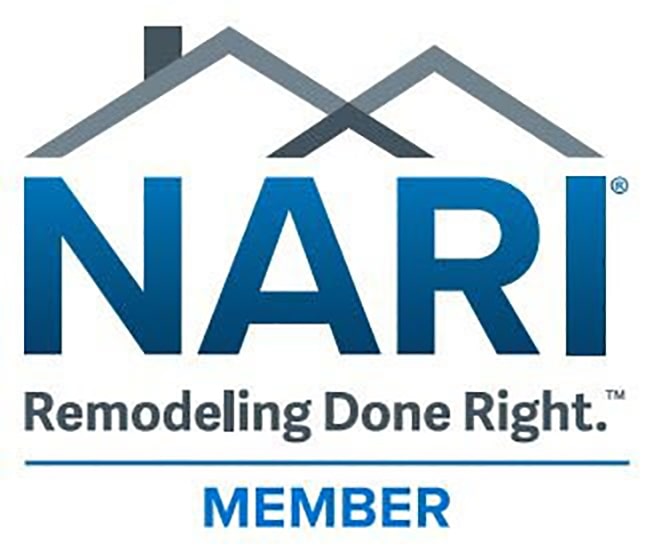As temperatures start to decline and the days begin to get shorter, you may assume that it’s time to retreat indoors to the comfort of your living room and your fireplace. However, you can still enjoy your time in your sunroom even if temperature is below freezing and a blanket of snow covers the ground in your backyard.
Not only can you use your sunroom in the summer and keep cool in the shade with a great view of your backyard, but you can also utilize your sunroom in the winter as a warm place to enjoy the “outdoors” near your home.
Temperatures do tend to vary significantly in the Midwest, and there’s no reason your Indianapolis sun room needs to see use solely in the summer. Here are some ways you can ensure your sunroom is usable in the colder months.
How Can I Heat My Sunroom in the Winter?
When you build a sunroom for all seasons, you have a few different options for maintaining a comfortable temperature throughout the winter. One option is to insulate the outer walls of your sunroom, so you can keep heat from escaping and maintain a consistent temperature. A second option is to heat the space with a ceiling fan or a heating system.
Building your sunroom on the south side of your home can make a dramatic impact on your sun room’s ability to heat up naturally as the sun will rise and fall in the southern part of the sky during the winter. A south-facing sunroom, or one with a large bank of windows that faces south, can allow the sun’s natural heat to warm the room, which means lower heating costs on your monthly utility bill.
There are also several things you can do to your windows to ensure the space retains heat. Here are some of those options:
- Window Tinting – If you’re okay with darkening your windows (and your view) with some tinting, you can help reduce heat loss by tinting your windows.
- Weather-Stripping – Installing weather-stripping on the windows can help reduce heat loss that occurs around windows.
- Drapes – Covering the windows with drapes that you close at night can help the room hold onto heat that has built up during the day while the drapes have been pulled aside.
If you have a ceiling fan installed in your sun room, you can also make the most of any heating systems you have working during the winter by ensuring the fan’s blades turn in a direction that forces warm air down (rather than the opposite direction, which should force warm air upward to provide cooling in the summer).
Installing Heating Systems in Your Sunroom
A sunroom is a more versatile option than a room simply designed as an enclosed deck, and you can install a complete heating system in your sunroom at the time of its construction, as well as when (or if) you upgrade your existing sunroom.
In addition to simple upgrades like weather-stripping and double-paned windows, you can also choose to install electric baseboard heating, so you can physically heat the space whenever you wish or whenever the sun has retreated behind clouds and has created a chill in your sunroom.
You can even put a free-standing and removable space heater in your sunroom for particularly frigid days, but this option can come with significant increases in heating bills because of the general inefficiency of those devices. They’re a great option when you don’t have a heating system installed, but they’re often best used only when necessary.
You can even consider radiant heating in your sunroom (a popular addition during bathroom remodels for keeping your toes toasty on cold days). Radiant heating is a type of heating that warms the floors of the sunroom. Radiant heating is so efficient that it can cut down on the amount of insulation required along the walls and ceiling of the sunroom.
Let Gettum Associates Design & Build an Amazing Sunroom for Your Home
Gettum Associates is your home remodeling partner for your upcoming sunroom project. Are you thinking about upgrading your current sunroom? Do you want to build a completely new sunroom Call us at 1-317-888-5681 for more information on our services, as well as to discuss your sunroom project and how we can help.
Plus, if you’re ready to get started on a renovation project, you’ll want to download our guide: Seven Questions to Ask When Choosing a Remodeler in the Indianapolis Area.














